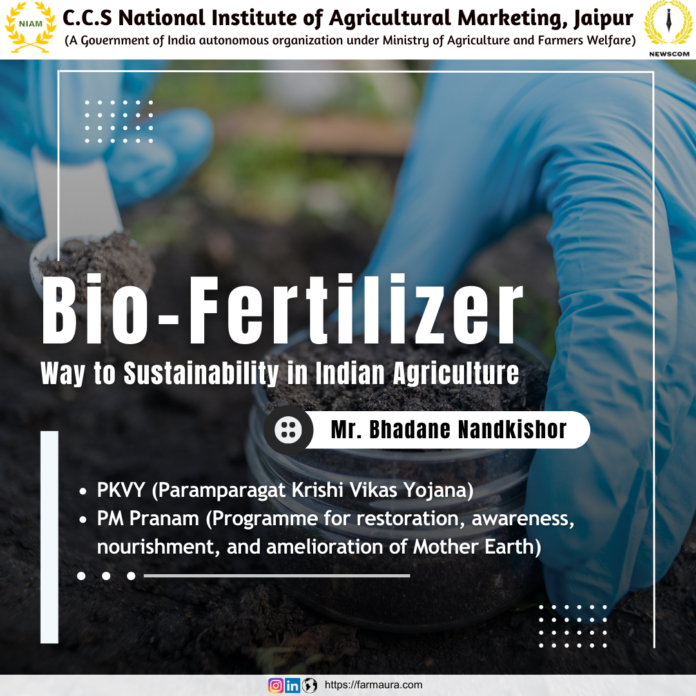Introduction
The period of the Green Revolution brought remarkable changes in the food production pattern of India. Just over two decades, the green revolution turned India from a net importer of food grains to one of the leading exporters of wheat and rice. One of the factors that contributed to all these changes is the intensive use of inorganic fertilizers and pesticides. The increasing use of inorganic fertilizers and pesticides boosted the crop yield but now other problems are raising concerns about adverse environmental effects on soil condition. NITI Ayog published a report regarding the imbalance in fertilizer use in India, where it highlighted that the recommended ratio for N:P: K for Cereals is 4:2:1 but the average ratio is 8:3:1 which is far from the recommended ratio leading to nutrient deficiency, soil degradation and low crop yield. This excessive need for inorganic fertilizer can’t be completed by domestic production making India dependent on imports. To address this issue the government and some organic farmers looking for solutions and biofertilizers emerged as one such solution which can address this issue.
Why Biofertilizer and its Market Potential
Biofertilizers commonly known as microbial inoculants, are certain soil organisms that can improve soil fertility and crop productivity. Despite the beneficial effect of legumes in improving soil fertility known from ancient times but role of biological nitrogen fixation is a topic of recent interest and practice commercially. According to data published in India stats, the biofertilizer industry has grown with a CAGR of 14.58%. The report also revealed that biofertilizer production increased from 2,005 tons in 1991 to 1,75,477 tons in 2021. This indicates that not only Agri-input companies, but farmers also want to shift to biofertilizers for the organic production of food products.
The govt is also promoting the biofertilizer using various schemes. Schemes like PM Pranam (Programme for restoration, awareness, nourishment, and amelioration of Mother Earth). Incentives are provided to promote alternative fertilizers and to counter chemical fertilizers. There are other schemes like PKVY (Paramparagat Krishi Vikas Yojana) scheme is under the national mission of sustainable agriculture with an extended component of soil health management. One of the important reasons the government promotes sustainability is the burden of fertilizer subsidies on the government. The IMARC group published a market research report about the biofertilizers market in India as per their report Indian market for biofertilizers reached 111.2 million $US, and their research predicted that due to such a positive environment, it will grow by CAGR of 12.5% from period of 2023 to 2028.
Conclusion
The sustainability in Indian agriculture is a newer approach. India drives all its potential during the phase of the green revolution to become one of the leading agriculture producers in the world. But as of now, food security has become a major concern as soil is losing its yielding capacity due to the heavy use of inorganic fertilizers. As standards are shifting and the major task of feeding the population will be in front of the country, we should look for alternatives that boost the yielding capacity of Indian soil, and for that Biofertilizers are emerging as saviors from the traditional practices of agriculture.




